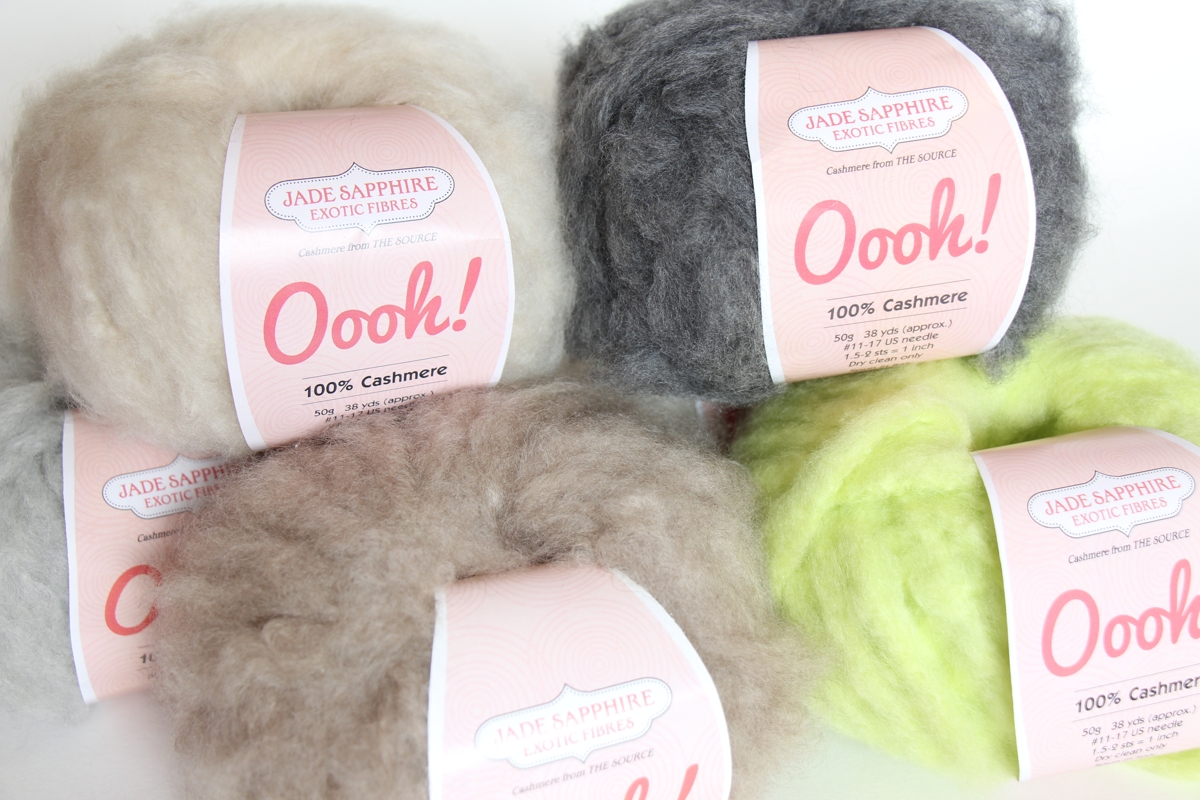What Is Cashmere and Why It’s Known One of the Softest Fabrics in the World
What Is Cashmere and Why It’s Known One of the Softest Fabrics in the World
Blog Article
Reasons You Must Need Cashmere a Natural Fiber for Convenience and Sophistication in Everyday Use
In the world of fabrics, few fibers rival the luxury and comfort of cashmere. This unique material, understood for its remarkable softness and insulation, provides unequaled convenience and style for daily wear. Yet what sets it aside from other fibers? Exactly how does it impact the environment and how does it contrast to artificial options? Moreover, just how can one best utilize cashmere to raise their design? These interesting inquiries lay the foundation for an enlightening exploration right into the world of cashmere.
Recognizing the Glamorous Nature of Cashmere

Examining the Comfort Aspect of Cashmere Clothes
What high qualities highlight the comfort factor of cashmere garments? The softness of cashmere is the first top quality to think about. Its plush appearance makes it really feel like a second skin, providing heat without the weight or irritation linked with other wool products. Furthermore, cashmere's distinct fiber framework permits breathability, regulating temperature and protecting against getting too hot. The product's versatility and toughness make sure that it mold and mildews against the body pleasantly, keeping its form in time. Cashmere's hypoallergenic residential or commercial properties additionally add to its comfort, making it a suitable choice for delicate skin. Lastly, the ability to layer cashmere items without thickness enhances the convenience aspect. In essence, the comfort of cashmere is stemmed from its softness, breathability, durability, hypoallergenic nature, and flexibility.

The Ecological Effect and Sustainability of Cashmere
While the convenience and beauty of cashmere are undoubtedly attractive, it's similarly essential to consider its partnership with the atmosphere. Cashmere production, mostly in Mongolia and China, involves increasing cashmere goats, which can significantly strain fragile meadow ecosystems as a result of overgrazing. This can lead to desertification, a pressing environmental issue. The handling of cashmere, entailing washing and dyeing, can also add to water contamination if not effectively handled. Nonetheless, efforts are being made to develop sustainable cashmere manufacturing approaches, such as rotational grazing and cleaner handling methods. For this reason, while cashmere has environmental impacts, its sustainability mostly depends on manufacturing methods.
Comparing Cashmere to Artificial Fibers: A Cost-Benefit Analysis
In spite of its environmental obstacles, cashmere presents an one-of-a-kind set of benefits over synthetic fibers. On the price side, cashmere is without a doubt much more expensive as a result of its labor-intensive production process. Yet, the benefits make it worth the financial investment. Cashmere's Related Site all-natural fibers supply unrivaled gentleness and warmth, translating right into comfort that artificial fibers struggle to match. Cashmere pieces are extremely sturdy, encouraging long life that offsets first costs over pop over here time. Unlike synthetic fibers, cashmere doesn't add to microplastic contamination, making it a much more sustainable selection. In contrast, synthetic fibers, while more affordable upfront, provide much less convenience, have much shorter life expectancies and position ecological problems. Thus, when assessing cost-benefit, cashmere's exceptional high qualities make it a beneficial financial investment for daily wear.
Styling Tips With Cashmere for Everyday Beauty
Having actually thought about the cost-benefit analysis of cashmere contrasted to synthetic fibers, it comes to be clear why this lavish product is a preferred option for several. When styling cashmere for day-to-day sophistication, simplicity is crucial. A cashmere coat, as an example, can be coupled with tailored trousers or a smooth skirt for a posh, put-together appearance - cashmere fibre. For a much more laid-back set, a cashmere cardigan used over a basic t-shirt and denims exudes effortless design. Devices can better raise the look: a declaration necklace or scarf can add a pop of shade to a neutral cashmere piece. Inevitably, the intrinsic sophistication of cashmere makes it a versatile enhancement to any closet, easily enhancing daily outfits with a touch of high-end.

Conclusion
In summary, the impressive properties of cashmere make it an important addition to any wardrobe. Its luxurious feeling, breathability, convenience, and versatility to differing temperature levels are exceptional. On top of that, cashmere's sustainability and reduced environmental effect contrasted to artificial fibers further boost its charm. The ageless elegance of cashmere, incorporated with its flexibility, includes refinement to day-to-day wear. As a result, investing in cashmere garments is a beneficial choice for sustainability, comfort, and style.

Report this page